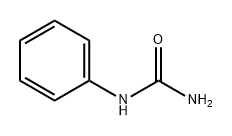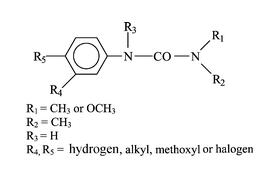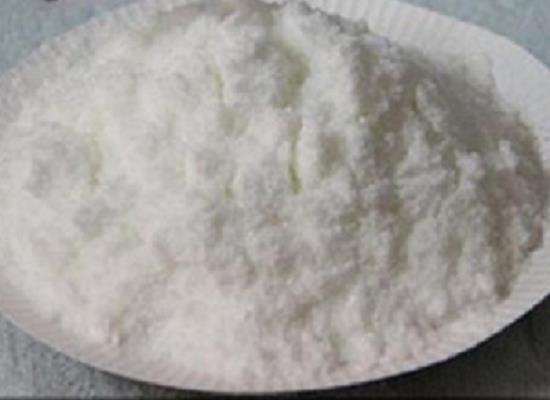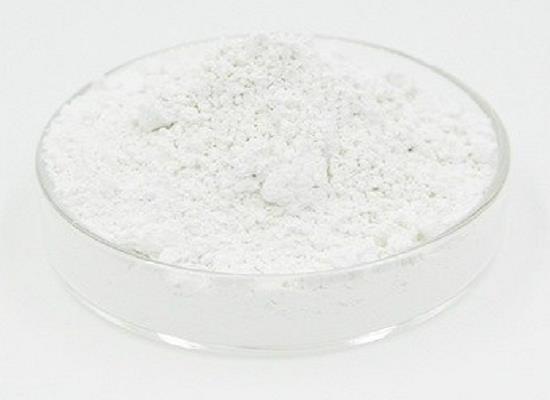Phenylurea: properties, applications and safety
General Description
Phenylurea is a valuable organic compound with wide-ranging applications in agriculture, pharmaceuticals, plastics, and the oil and gas industry. However, its toxicity to humans and the environment highlights the importance of proper handling, storage, and disposal procedures. Protective equipment and clothing should always be worn when working with phenylurea, and any spills or releases should be immediately contained and addressed. Despite these risks, phenylurea remains an important ingredient in many industrial processes, and its versatility continues to make it a valuable tool in various industries.
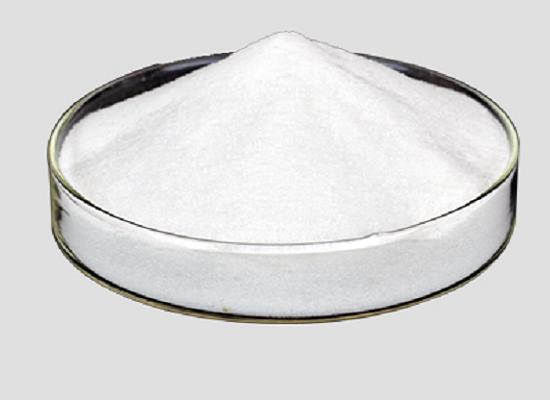
Figure 1. Phenylurea
Properties
Phenylurea is a type of organic compound that is composed of a phenyl group and a urea group. It is a white crystalline solid that is highly soluble in organic solvents such as ethanol, but only slightly soluble in water. Phenylurea has a molecular formula of C7H8N2O and a molar mass of 136.15 g/mol. One of the most notable properties of phenylurea is its use as a herbicide. When applied to crops, it inhibits the growth of weeds by disrupting their ability to produce essential amino acids. Additionally, phenylurea has been found to exhibit antifungal and antibacterial activity, making it useful in the development of pharmaceuticals. However, it is important to note that phenylurea can also be toxic to humans and animals. Ingestion or inhalation of phenylurea can cause respiratory, digestive, and nervous system problems. Overall, Phenylurea is a versatile organic compound with both beneficial and potentially harmful properties. Its use in herbicides and pharmaceuticals highlights its value in agriculture and medicine, but its toxicity underscores the importance of safety precautions when working with this substance. 1
Applications
One of the most significant applications of Phenylurea is in the field of agriculture. It is widely used as a herbicide to control the growth of weeds in crops. Phenylurea-based herbicides work by inhibiting the growth of plant cells through the disruption of protein synthesis. This makes them effective against a broad range of weed species, and they are commonly used on crops such as corn, wheat, and soybeans. Another important application of Phenylurea is in the manufacture of plastics. It is used as a curing agent for epoxy resins, which are commonly used in the production of adhesives, coatings, and composites. Phenylurea accelerates the curing process of these materials, improving their strength and durability. In the pharmaceutical industry, Phenylurea is used as an intermediate in the synthesis of various drugs such as antihistamines, anticonvulsants, and antidepressants. It is also used as a reagent in the analysis of amino acids and proteins. Finally, Phenylurea is used as a corrosion inhibitor in the oil and gas industry. It is added to drilling fluids to prevent the corrosion of pipes and other equipment used in oil and gas exploration and production. In conclusion, Phenylurea is a versatile chemical compound with a broad range of applications in various industries. Its low toxicity, high solubility, and stability make it a valuable ingredient in herbicides, plastics, pharmaceuticals, and the oil and gas industry. 2
Safety
Phenylurea is a highly toxic chemical compound that poses significant health risks when inhaled, ingested or absorbed through the skin. It can be fatal in these instances and so it is essential to avoid any skin contact with the substance. Even if contact or inhalation does not immediately produce symptoms, the effects may be delayed and could still lead to serious health problems. In addition to the risks to human health, phenylurea can also pose a significant environmental hazard if released into the environment. In the event of a fire, it can produce irritating, corrosive and/or toxic gases that could harm individuals in the vicinity. Furthermore, any runoff from fire control or dilution water may also be corrosive and/or toxic and cause environmental contamination. Therefore, it is important to handle phenylurea with utmost care to ensure safety to both humans and the environment. Protective clothing and equipment should be worn when handling the substance. It should be stored in a secure area away from other chemicals and sources of ignition. In case of spillage or release, immediate action should be taken to prevent further spread and to contain the substance. Overall, proper management and disposal of phenylurea is crucial to mitigate potential health and environmental risks. 3
Reference
1. PubChem. COMPOUND SUMMARY: 1-Phenylurea. National Library of Medicine, 2005, PubChem CID: 6145.
2. Amine-Khodja A, Boulkamh A, Boule P. Photochemical behaviour of phenylurea herbicides. Photochem Photobiol Sci. 2004 Feb;3(2):145-156.
3. Chemical Datasheet: PHENYL UREA PESTICIDE, LIQUID, POISONOUS. CAMEO Chemicals, UN/NA Number: 3002.
You may like
Related articles And Qustion
Lastest Price from Phenylurea manufacturers

US $10.00/kg2025-09-02
- CAS:
- 64-10-8
- Min. Order:
- 25kg
- Purity:
- >99.9%
- Supply Ability:
- 200tons

US $0.00-0.00/KG2025-08-18
- CAS:
- 64-10-8
- Min. Order:
- 1KG
- Purity:
- 99%Min
- Supply Ability:
- 3000 tons
